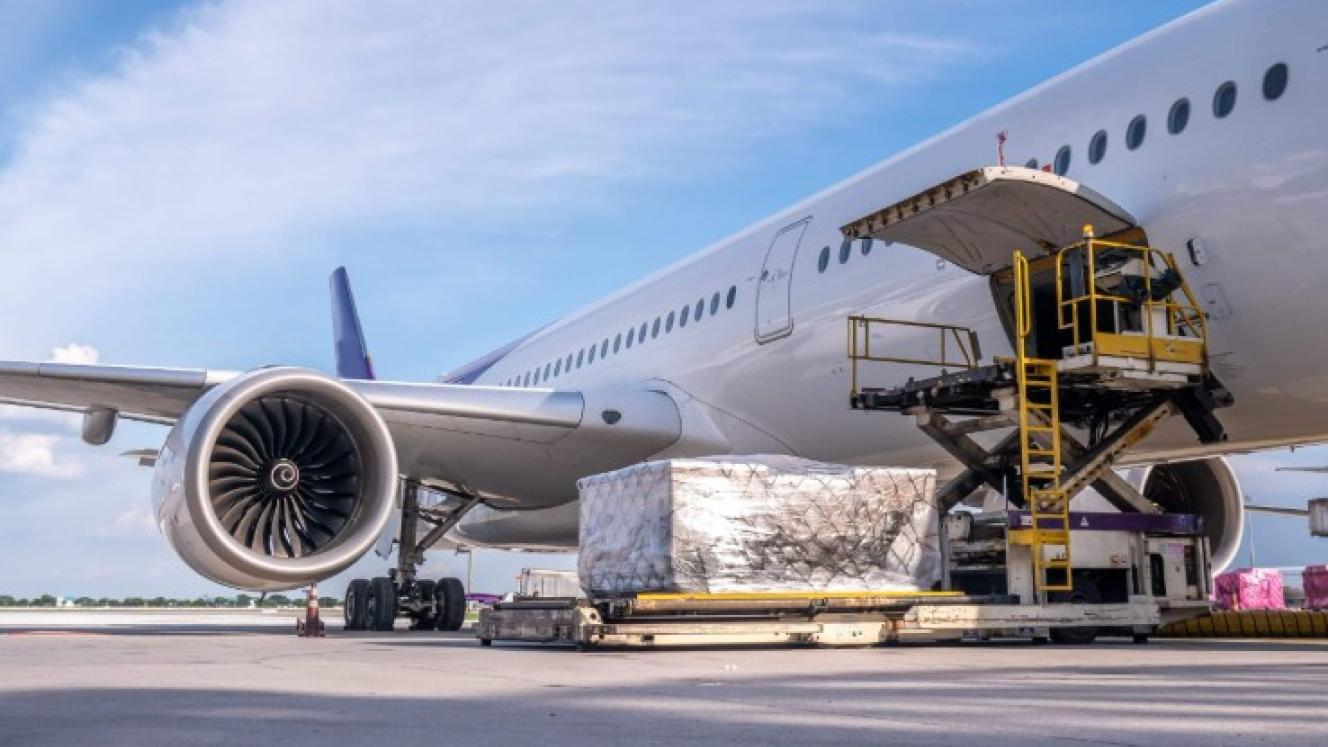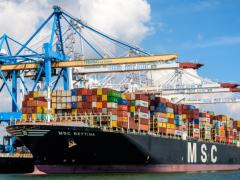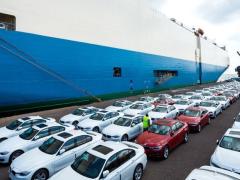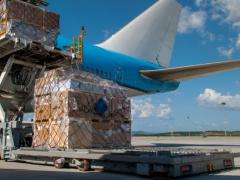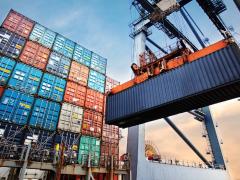Logistics providers need to be innovative to deliver temperature-sensitive animal and human medications and vaccines in Africa. Reverse logistics chains are also needed to transport medical samples from remote locations to laboratories. A lack of infrastructure is the primary African challenge. It includes warehousing, transportation, storage space, cold chain equipment and monitoring systems. There has been some progress in addressing the shortages, with the Covid-19 pandemic shifting the focus from the food cold chain to the medical, according to Market Access Africa. Few, if any, African countries meet the target of allocating 15% of national budgets to health as set out in the 2001 Abuja Declaration. While it met the goal in 2021, South Africa dropped to 12.5% in the 2025 budget. Health workers have been relying on foreign aid, but that changed early in 2025 when the Trump administration withdrew funding for USAID programmes. “The US funding cuts have resulted in thousands of health workers being retrenched, programmes halted, and the dismantling of community health systems,” according to UNAIDS. This leaves South Africa as an important distribution hub. The country’s medical cold chain is regulated by the rules relating to good pharmacy practice, which states “thermolabile pharmaceutical products require controlled temperature storage and therefore must be identified on receipt and be stored in accordance with written instructions. Temperatures must be monitored and recorded twice daily. “Records must be reviewed regularly. Controlled temperature storage areas must be equipped with temperature recorders. “All storage areas, such as refrigerators or cold rooms must be properly maintained in order to maintain the factory standards for such storage areas. Proof of maintenance must be provided”. Hub status is not likely to change anytime soon. Best practice is costly and requires scarce skills. Africa is suffering from a healthcare practitioner brain drain. A 2022 study by the World Health Organization (WHO) found that only Mauritius, Namibia, Seychelles and South Africa met the WHO health worker-to-population ratio of 4.45 health workers per 1 000 people. The sector is also under- resourced, with half of primary health facilities in sub-Saharan Africa having access to basic water and sanitation, and only a third with reliable electric power. Add to that bad roads, problematic customs procedures and high temperatures, and one gets a sense of the challenges facing the logistics companies. Technologies being rolled out include internet of things (IoT) enabled sensors and devices, blockchain, artificial intelligence, mobile and off- grid cold storage, and remote monitoring and management. ER
New logistics vital for Africa's healthcare
Comments | 0
